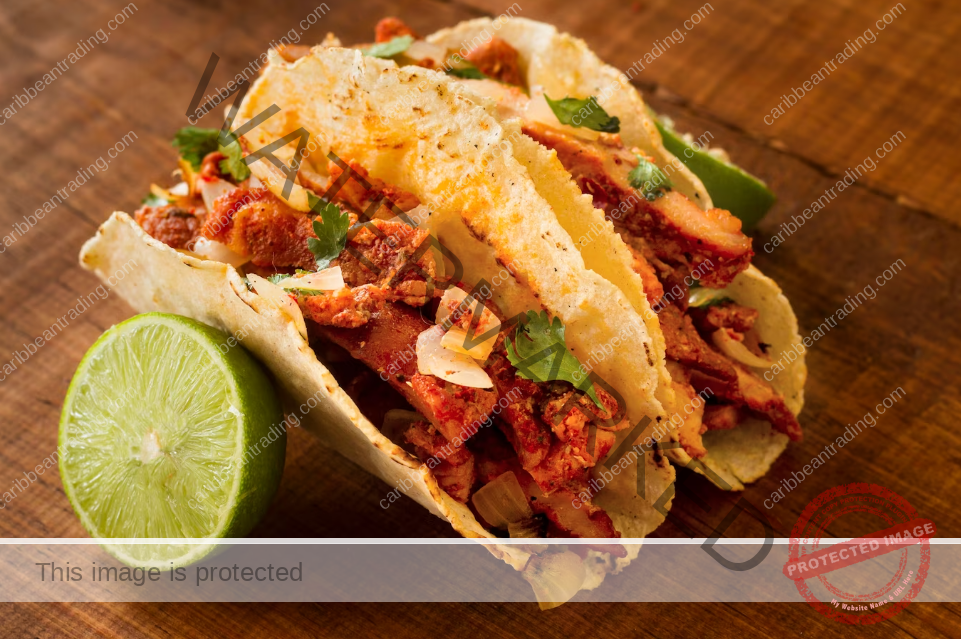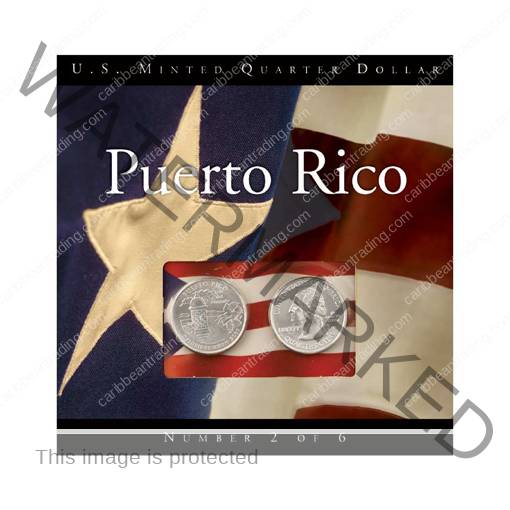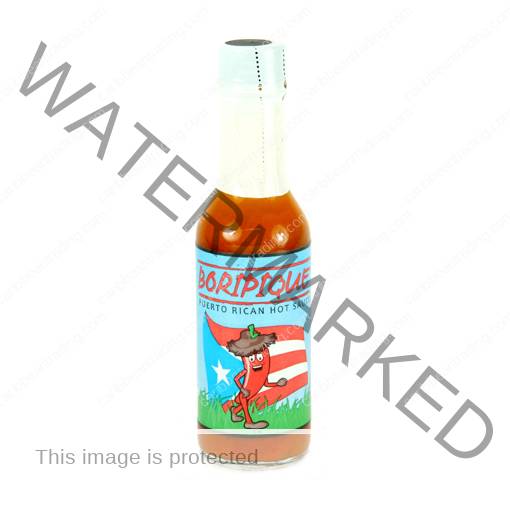Food & Recipes
The Best Puerto Rican Tacos Recipes to Try at Home
Tacos are a beloved culinary treasure, celebrated worldwide for their versatility, flavor, and cultural significance. While often associated with Mexican cuisine, tacos have found their way into various culinary traditions, adapting and evolving to suit the local palate.
Puerto Rican tacos are a fascinating example of this culinary fusion, blending the flavors of the Caribbean with the concept of the traditional taco. They offer delightful flavors and textures, making them a popular choice for locals and visitors.
The Historical Significance of Tacos on the Island
The history of Puerto Rican tacos can be traced back to the indigenous Taíno people who inhabited the island before the arrival of Christopher Columbus.
The Taíno diet included maize (corn), which they used to make flatbreads similar to tortillas. This early use of maize as a staple food laid the foundation for incorporating tortillas into Puerto Rican cuisine.
Spanish colonization in the 15th century significantly shifted Puerto Rican culinary traditions. They introduced various ingredients, including pork, beef, rice, and spices, which became integral to the island’s cuisine. The concept of marinating and slow-roasting meats is a direct result of such influence.
African slaves brought to Puerto Rico during the colonial period contributed significantly to the island’s cuisine. Their culinary techniques and ingredients, such as plantains and various seasonings, melded with the existing food culture and created diverse dishes.
Fast forward to the 20th century, and the influence of American culture, speedy food began to shape Puerto Rican cuisine. With the introduction of hamburgers, hot dogs, and sandwiches, dishes eventually merged with traditional flavors to give rise to unique creations like the jibarito taco.
Traditional Ingredients in Puerto Rican Tacos
Puerto Rican tacos reflect the island’s rich agricultural heritage and diverse culinary influences. The ingredients used in these tacos showcase the vibrant flavors and fresh produce that Puerto Rico has to offer. Some traditional ingredients commonly found are:
Sofrito
Sofrito is the heart and soul of Puerto Rican cuisine. It’s a flavorful sauce made from aromatic ingredients like onions, garlic, bell peppers, cilantro, and culantro (also known as recao). This fragrant base is used to season meats and vegetables in Puerto Rican tacos.
Proteins
Puerto Rican tacos feature a variety of proteins, with pork being a standout favorite. Lechón asado (roast pork), carne guisada (stewed beef), and pollo guisado (stewed chicken) are all popular choices. Seafood options like shrimp or bacalao (salted cod) may also be used.
Tropical Fruits
Fruits like pineapple and plantains add a sweet and savory dimension to tacos. Grilled or caramelized plantains are often used as a topping or side dish, while pineapple may find its way into salsas.
Adobo
Used as a seasoning blend that includes garlic powder, onion powder, oregano, salt, black pepper, and other spices. It’s a key ingredient in marinating and flavoring meats for many dishes, especially tacos.
Achiote
Annatto seeds, commonly known as Achiote in the Island of Enchantment, impart a vibrant red color and subtle earthy flavor to meats and marinades. Its paste is a common ingredient in many of the taco recipes.
Cheese
Queso de papa, a mild, white cheese, is frequently used to top Puerto Rican tacos. It complements the rich and savory flavors of the fillings.
Cilantro and Lime
Fresh cilantro leaves and lime wedges often serve as garnishes, providing a burst of freshness and acidity to balance the richness of the tacos.
Variations of Puerto Rican Taco Fillings
One of the most exciting aspects of Puerto Rican tacos is the wide range of fillings that can be enjoyed. Each region and household may have a unique twist on taco fillings, resulting in diverse flavor profiles. Some of the popular variations are:
- Lechón: These tacos feature succulent, slow-roasted pork (lechón asado) as the star filling. The pork is typically seasoned with adobo and achiote, producing tender, flavorful meat.
- Carne Guisada: Known as stewed beef, it is a hearty and comforting taco filling. The beef is simmered in a tomato-based sauce infused with sofrito and spices.
- Pollo Guisado: For those who prefer poultry, pollo guisado tacos are a delicious option. The chicken is stewed with a rich tomato sauce and seasoned to perfection.
- Seafood: Puerto Rico’s abundant coastline means seafood tacos are also famous. Shrimp, bacalao (salted cod), or even conch may be used, often marinated in a flavorful sauce.
- Vegetarian: For those who do not eat meat, missing out on the taco experience isn’t an option. Plantains, beans, and various vegetables can create satisfying green taco options.
- Fusion: Some innovative chefs and home cooks experiment with fusion fillings, combining Puerto Rican flavors with other international cuisines. For example, a sushi-inspired taco might feature ahi tuna, avocado, and mango salsa.
The beauty of tacos lies in their adaptability. Mix and match fillings to create a taco that suits your taste, whether you crave the richness of slow-cooked meat or the freshness of seafood and vegetables.
How to Prepare Puerto Rican Tacos at Home
While enjoying Puerto Rican tacos from street vendors is a delightful experience, making them home allows you to customize the flavors and ingredients. This is the most used basic recipe to get started for beginners:
Ingredients
These are the needed ingredients to prepare a classic Caribbean taco recipe:
- 1 pound ground beef
- 1 small onion, finely chopped
- 2 cloves garlic, minced
- 1 small bell pepper, finely chopped (green or red)
- 1 tablespoon olive oil
- 1 tablespoon tomato paste
- 1 teaspoon ground cumin
- 1 teaspoon dried oregano
- 1/2 teaspoon paprika
- Salt and pepper to taste
- 1/4 cup water
- Sliced olives, capers, or raisins for added Puerto Rican flair (optional)
- Soft corn or flour tortillas
- Shredded lettuce
- Chopped fresh tomatoes
- Sliced avocado
- Sour cream
- Grated cheese (queso fresco or cheddar work well)
- Hot sauce or salsa (optional)
Once all of these ingredients are gathered, it’s time to follow the instructions to begin the preparation of the Puerto Rican tacos.
Cooking Instructions
Heat the olive oil in a large skillet over medium-high heat. Add the chopped onion and bell pepper, and sauté for 2-3 minutes until they soften. After that, add the minced garlic and sauté for another 30 seconds until fragrant.
Place the ground beef in the skillet. Break it apart with a spatula and cook until it’s browned and cooked through, breaking it into crumbles as it cooks.
Stir in the tomato paste, ground cumin, dried oregano, paprika, salt, and pepper. If you want to add sweetness and complexity to your beef filling, you can add a small handful of sliced olives, capers, or raisins at this stage.
Pour in the water and stir well. Reduce the heat to low and let the mixture simmer for 5-7 minutes, allowing the flavors to meld together and the liquid to reduce. Taste and adjust the seasoning as needed. If you wish, you can add more salt, pepper, or spices to suit your preference.
Warm the tortillas in a dry skillet or microwave them according to the instructions. To assemble the tacos, place a spoonful of the beef filling in the center of each tortilla. Top with shredded lettuce, chopped tomatoes, sliced avocado, a dollop of sour cream, and grated cheese.
What Are the Best Salsas and Sauces?
Salsas and sauces are crucial in tacos, adding layers of flavor, heat, and acidity. Among the most popular options, these are the most chosen in the Island of Enchantment:
- Pique: this is a Puerto Rican hot sauce made from hot peppers, garlic, vinegar, and spices. It packs a punch of heat and complements the richness of taco fillings. It’s possible to find some of these spices at our stores of Caribbean Trading, both online and at local shops.
- Ajilimojili: this zesty garlic sauce is made with garlic, lime juice, olive oil, and spices. It adds a bright, garlicky kick to Puerto Rican tacos.
- Sofrito-based Salsas: they are made with a sofrito base and can vary in heat and flavor, depending on the peppers and spices used. These salsas can range from mild to fiery, making them customizable to individual preferences.
- Avocado crema: creamy avocado crema is a cooling and creamy contrast to the bold flavors of Puerto Rican tacos. It’s made with ripe avocados, sour cream or yogurt, lime juice, and cilantro.
- Pineapple salsa: sweet and tangy pineapple salsa balances the richness of the taco fillings. It typically includes diced pineapple, red onion, cilantro, and lime juice.
Combining these salsas and sauces allows diners to tailor their Puerto Rican tacos to their preferred spiciness and flavor complexity. It’s not uncommon for taco vendors and restaurants to offer a selection of salsas so that each taco can be customized to perfection.
Conclusion
Puerto Rican tacos are a delightful fusion of flavors and culinary traditions that reflect the island’s rich history and diverse influences. Whether enjoyed by a street vendor, a beachside shack, or homemade in your kitchen, these tacos offer a taste of Puerto Rico’s vibrant and flavorful culture.







